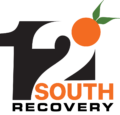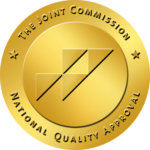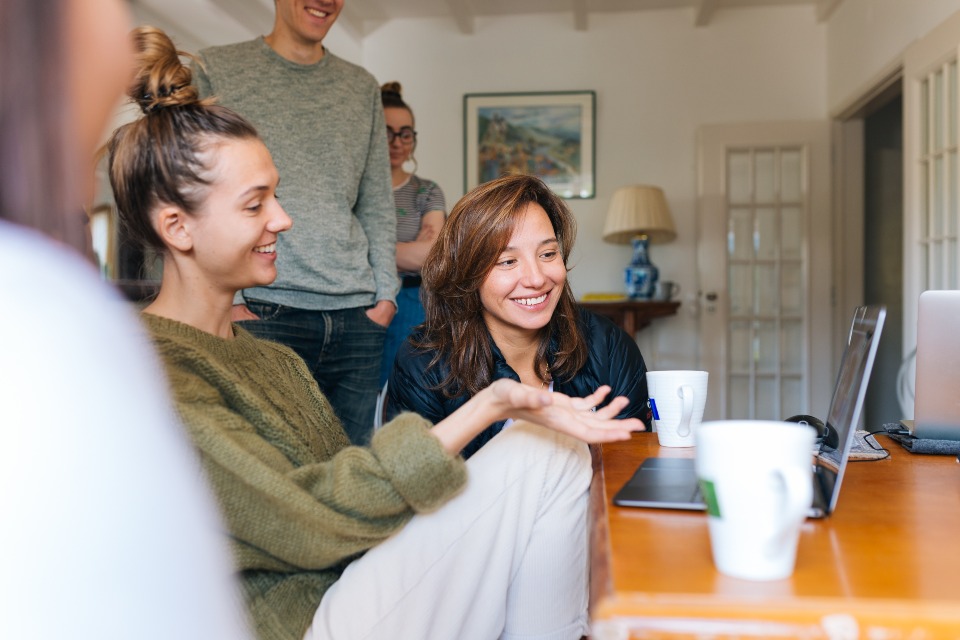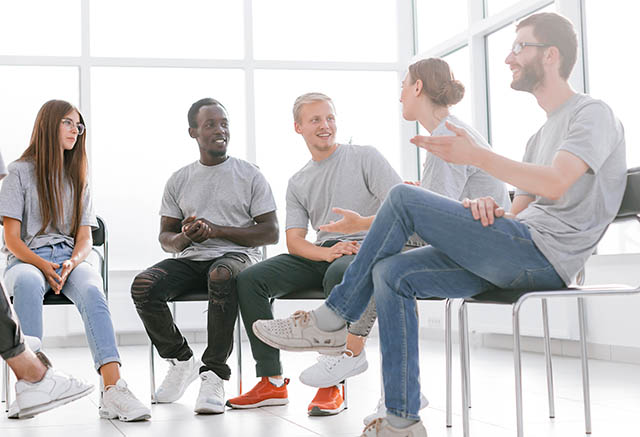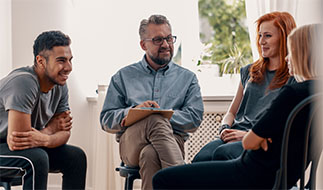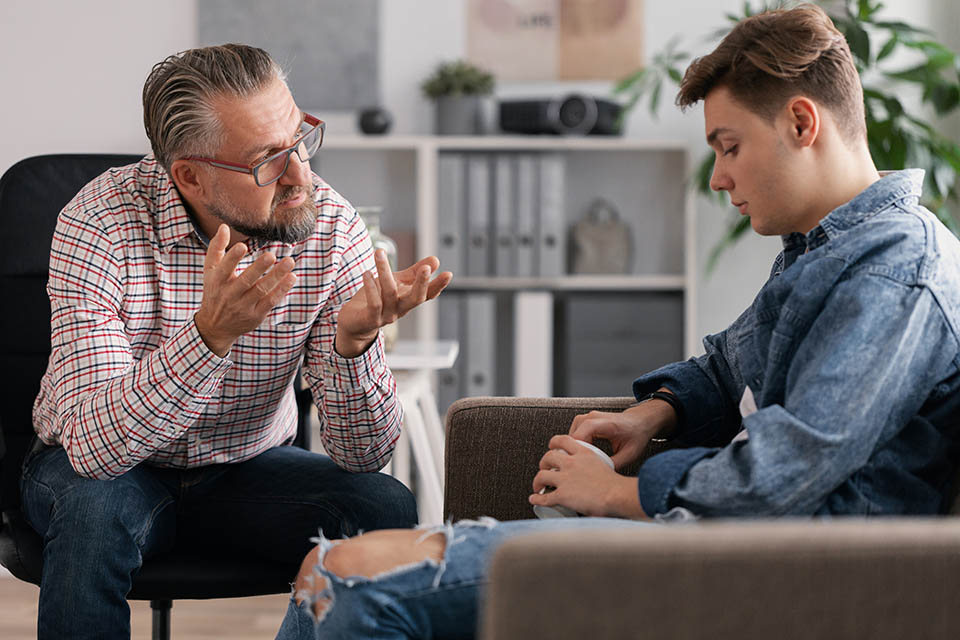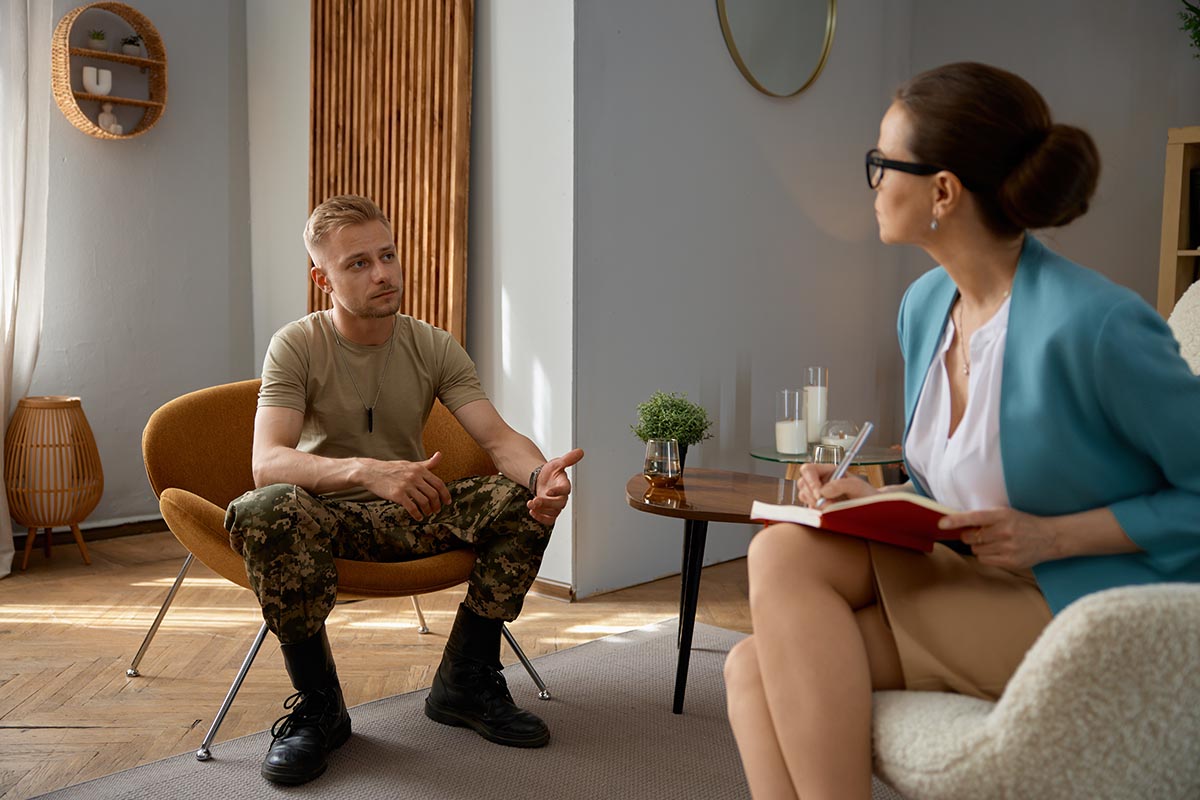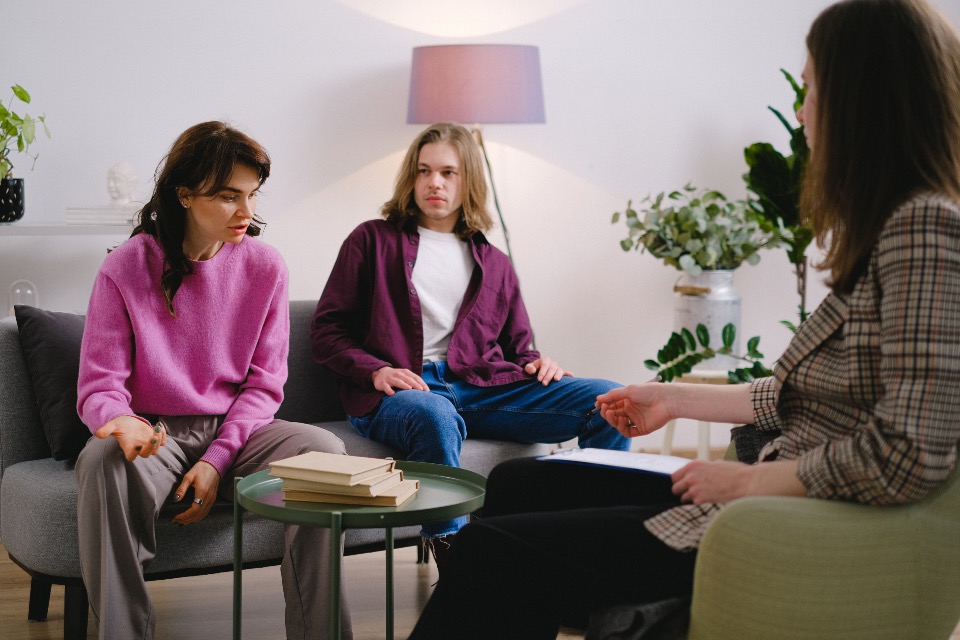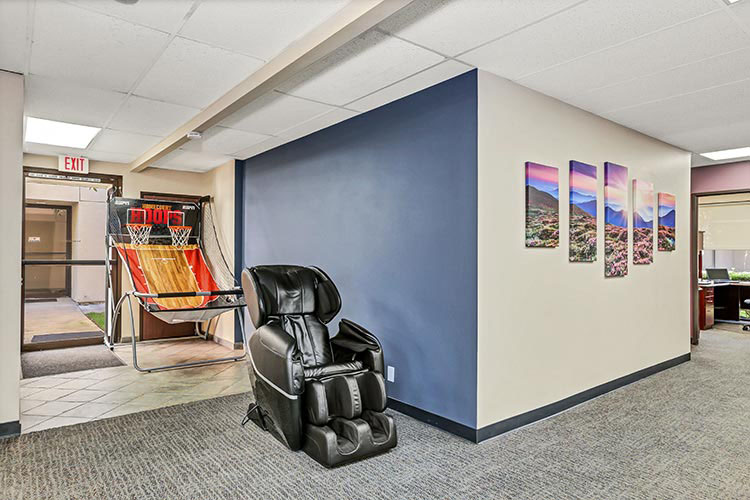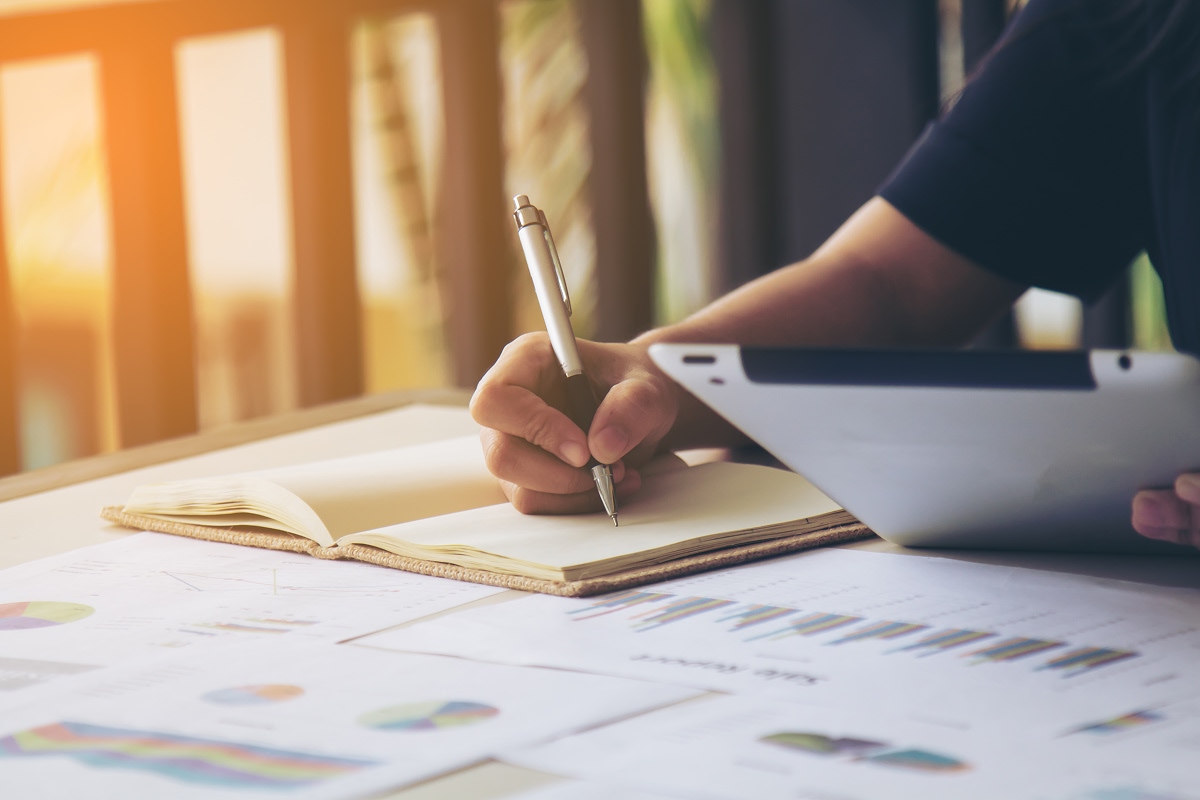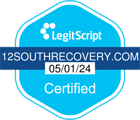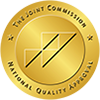
In your pursuit of addiction recovery, you’re likely searching for tools that actually make a difference—something real, something that helps you stay focused and hopeful when things get tough. One simple but powerful tool that’s gained recognition is the vision board. At first glance, it might just look like a collage of pictures and words, but for many people in recovery, it becomes a daily reminder of what they’re fighting for.
Vision boards do more than inspire, they clarify. They enable you to see your goals, stay linked to your “why,” and cultivate a healthier mindset along the way. No matter if you are early in your sobriety or farther along the journey, a vision board can be your own personal anchor when motivation wanes.
What is a Vision Board?
Vision boards are powerful tools for visualization, which remind you of your goal, dreams, and intentions every day by placing them in real, tangible forms. Typically put together by the process of writing words, pasting images and symbols on poster board or on digital space, a vision board is a visual reminder of that which you desire—health improvement, more positive relationships, successful career, healing, etc.
Vision boards are founded on the belief that whatever you focus your attention upon, you attract. By consistently seeing your objectives and intentions in front of you, you’re able to stay motivated, make intentional movement, and make choices that align with your bigger picture. This simple habit can assist you in better knowing what’s most important to you and constructing your mindset when you hit setbacks or long-term goals.
For people in recovery, self-growth, or personal development journeys, vision boards offer a positive, hope-filled outlet that keeps you focused on the future instead of the past. They serve as daily inspiration and a reminder that progress is possible even one small step at a time.
The Utility of Visualization in Recovery
Visualization is the practice of creating clear mental images of the life you want to build and in recovery, it can become a powerful and personal ally. When you take time to picture yourself living a sober, fulfilling life, you’re not just daydreaming—you’re actually helping your brain adapt to that reality. This is thanks to something called neuroplasticity, the brain’s ability to form new connections and patterns. Over time, consistently visualizing positive change can help rewire your brain to support healthier habits and responses.
Visualization also plays a helpful role in managing cravings. When the urge to use hits, shifting your focus to a calm, purposeful mental image, like walking on the beach, laughing with loved ones, or reaching a sobriety milestone, can help redirect your attention and reduce the power of the craving. It doesn’t erase the urge completely, but it gives you space to pause and choose differently.
On top of that, visualization is a natural stress reliever. Imagining peaceful moments or future goals can ease anxiety, calm your body, and make it easier to cope with triggers or setbacks. In recovery, where every small win counts, this kind of mental practice can become a quiet but steady source of strength.
Vision Boards: A Practical Tool for Goal Setting
Vision boards provide a concrete representation of your goals, serving as daily reminders and motivators. Here’s a practical approach to creating one:
- Specific Goals: Define your recovery goals clearly, like “90 days sober” or “completing a therapy program.”
- Incorporate Affirmations: Use concise affirmations that resonate with your goals, such as “I am resilient” or “Progress is my priority.”
- Visual Elements: Choose images and symbols that directly relate to your goals, like pictures of family for rebuilding relationships.
- Emotional Connection: Select visuals that evoke positive emotions and reinforce your confidence in achieving your goals.
The Evidence Behind Vision Boards in Recovery
While vision boards may seem simple, there’s growing evidence that they can be a helpful tool in the recovery process. In fact, research in psychology supports the idea that visualization and goal-setting can have a real impact on motivation, focus, and long-term behavior change—especially when someone is working toward healing from addiction.
Creating a vision board taps into the brain’s reticular activating system (RAS), the part responsible for filtering information and helping you stay focused on what matters most. When you regularly see images that reflect your recovery goals—like peace, stability, or sober living—your brain begins to look for ways to support those goals in your daily life.
In addiction recovery, vision boards can serve as a powerful reminder of your “why.” They reinforce hope, build positive thinking patterns, and create a sense of direction, especially during difficult moments. While they aren’t a replacement for therapy or professional treatment, they’re a meaningful supplement to help you stay mentally and emotionally engaged in your healing journey.
Studies have also shown that visual goal-setting improves confidence, reduces anxiety, and helps people stay committed to long-term change—all key components of successful recovery. Whether you create a physical collage or a Pinterest vision board, the act of intentionally choosing images and affirmations helps clarify your vision for the future—and that clarity can keep you grounded when things feel uncertain.
In short, vision boards aren’t just feel-good art projects—they’re backed by psychology, and when paired with treatment and support, they can help keep recovery personal, purposeful, and powerful.
How to Make a Vision Board
Creating a vision board can be a gentle, meaningful way to stay grounded and hopeful during your recovery journey. Whether you make one with paper and scissors or build a Pinterest vision board online, the process gives you space to reconnect with what matters most and imagine a life beyond addiction—one filled with healing, purpose, and joy.
Here’s how to get started in a way that feels manageable and personal:
- Start with Your Heart, Not Just Goals: Take a few quiet moments to reflect on what you truly want this year. What would bring you peace? What are you working toward emotionally, mentally, or spiritually in your recovery?
- Gather What Inspires You: If you’re making a physical board, collect old magazines, photos, quotes, and anything that speaks to your hopes. If you prefer digital, a Pinterest vision board is a great option—pin images that make you feel motivated, calm, or inspired.
- Put It All Together—Your Way: Arrange your images and words in a way that feels right to you. It doesn’t have to be perfect or polished—what matters is that it feels honest and reflects your journey.
- Keep It Where You’ll See It Often: Place your board somewhere you’ll notice it every day. It could be in your bedroom, on your desk, or even set as your phone background if it’s digital. Seeing it regularly helps you stay focused on your path.
- Update as You Grow: Your goals may shift as your recovery continues, and that’s okay. Feel free to add to your board or start fresh when you’re ready. It’s a living reminder of how far you’ve come and where you’re headed.
A vision board can be more than just a creative project—it can be a quiet daily nudge that says, “You’re doing the work. Keep going.”
Vision Board Ideas for Addiction Recovery
Creating a vision board can be a meaningful and healing way to stay focused on what matters most during recovery. It’s not just about setting goals—it’s about reminding yourself why you’re choosing to stay sober, what you’re working toward, and what kind of life you want to build moving forward.
Here are some thoughtful vision board ideas for addiction recovery to help you get started:
- Sobriety Milestones: Include words or images that represent key moments like “30 days sober,” “one year strong,” or “choosing recovery every day.”
- Emotional Healing: Add vision board quotes or affirmations that speak to your inner strength, self-forgiveness, and growth.
- Healthy Coping Tools: Use visuals that represent calming activities like journaling, yoga, cooking, or nature walks—things that help you feel grounded.
- Support and Connection: Feature photos or symbols that reflect people and places that lift you up—family, friends, support groups, or mentors.
- New Goals and Dreams: Include anything that inspires your future—education, career goals, passions, or creative projects that give you a sense of purpose.
- Peace and Balance: Think of images that make you feel calm and safe, like a cozy home, a beach sunset, or time spent in nature.
- Daily Joys: Don’t forget the small things—coffee in the morning, your favorite book, laughter. These simple pleasures are often what make recovery feel real and rewarding.
Your vision board doesn’t need to look a certain way or follow any rules. What matters is that it feels honest and motivating to you. Let it serve as a daily reminder of how far you’ve come—and the hope that’s waiting ahead.
Reach Out to 12 South Recovery Today!
Now that you grasp the practicality of vision boards, take action. Incorporate this valuable tool into your addiction recovery journey by calling 12 South Recovery at 866-257-5551. Our dedicated team is ready to support you throughout your transformation towards sobriety and mental well-being.
FAQs
Start by reflecting on what you want from your recovery—peace, purpose, stronger relationships, or personal growth. Then gather images, quotes, and words that represent those goals. Arrange them on a poster board or create a Pinterest vision board if you prefer digital. Keep it in a place you’ll see often for daily motivation and inspiration.
Think about what lights you up or gives you hope. It could be sobriety milestones, healthy habits, places you want to visit, or qualities you want to strengthen—like patience or confidence. Choose visuals and words that feel meaningful and help you stay connected to your recovery journey.
Absolutely. Vision boards aren’t meant to replace treatment—they’re a tool to enhance it. They can work alongside therapy, 12-step programs, medication-assisted treatment, or support groups by helping you stay emotionally grounded and focused on your goals.
That’s completely okay. Your vision board can start with small intentions like staying sober today, finding peace, or feeling more supported. As you grow in your recovery, your goals will become clearer—and your board can evolve with you.
Not at all. Your vision board doesn’t have to be perfect or pretty—it just needs to feel meaningful to you. It’s about expression, not presentation.
